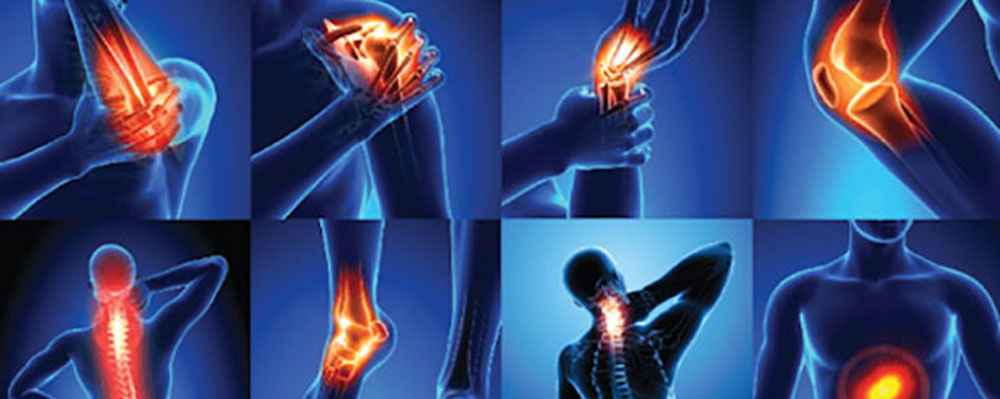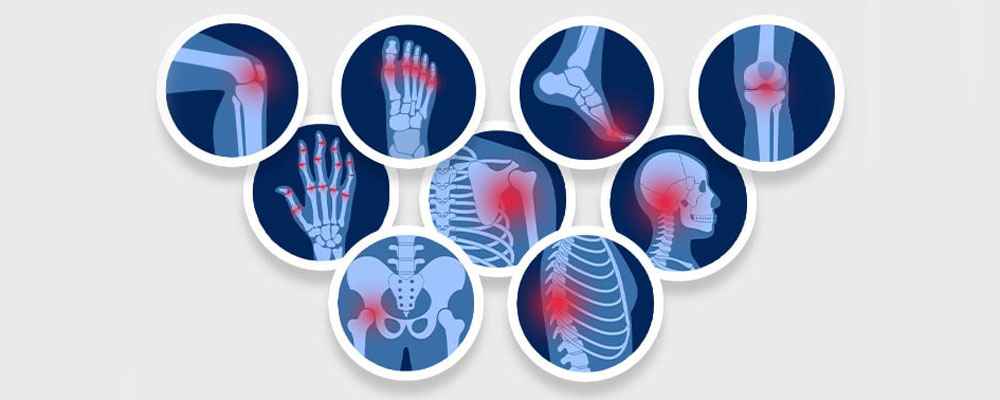Sometimes pain has a function, such as alerting us that we've sprained an ankle. If your pain has outlasted its welcome, you should be aware that you now have more therapy alternatives than ever before. We've compiled a list of eight strategies for controlling and reducing pain that don't involve intrusive surgery or even taking a prescription.


The evidence in chronic pain care favours active techniques over passive strategies, and trial principles apply to both CAM therapies and standard approaches. For information on the levels of experience, credentials, and training required by practitioners, see the professional organisation that regulates practice.
Dr. Suman utilises a wide range of pain treatment techniques with a strong commitment to personalised care. His knowledge ranges from cutting-edge approaches such as Platelet-Rich Plasma (PRP) therapy and regenerative medicine techniques to customised drug regimes and less invasive procedures. Dr. Suman's holistic approach combines the most recent advances in pain treatment with compassionate, patient-centred care, ensuring that patients receive tailored methods according to their specific problems. His dedication to enhancing patients' well-being via effective and compassionate pain treatment procedures distinguishes him as a leader in the industry.
Don’t wait until the pain becomes severe. It is better to take pain medication when pain is mild.
If a pain lasts for more than three months, contact the doctor. If the pain becomes worse, treatment may get difficult.
With proper treatment and care through holistic approach, people can live full normal lives after having experienced chronic pain.
Describe the pain in as much detail as possible. Generally, doctors and nurses would request to describe your pain on a scale.